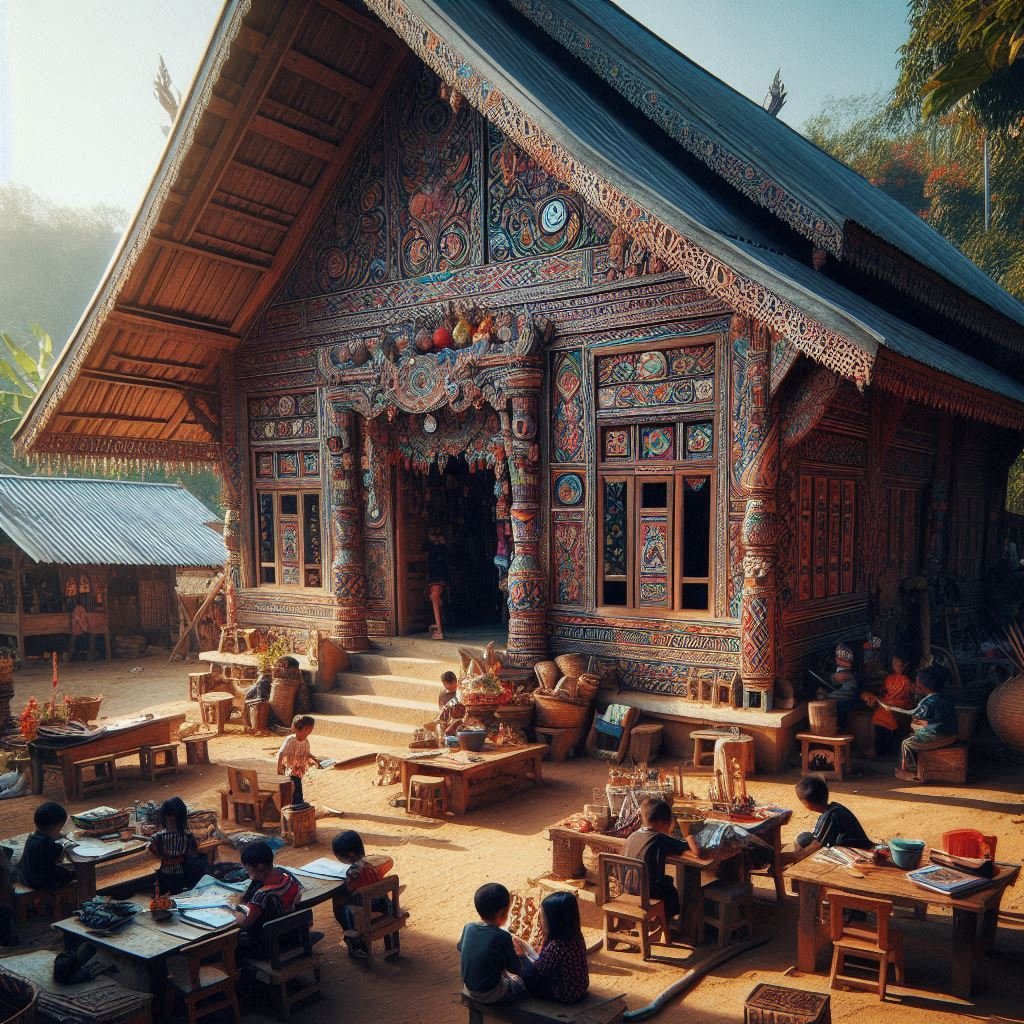
Part II: New Horizons
As Aiko and Haruto ventured into the city for their studies, Lina continued to weave the fabric of her dreams. The small sewing business she had started flourished, becoming a beacon of hope for many women in the village. These women, empowered by Lina’s teaching, began to form a cooperative, pooling their skills and resources to create beautiful textiles and garments that were sold far and wide.
Lina’s vision extended beyond just economic empowerment. She dreamed of a self-sufficient community where every child could receive an education and every family could live with dignity. She collaborated with local leaders and the NGO to establish better infrastructure in the village. Roads were paved, ensuring safe passage during the monsoons, and a small market was built where villagers could trade their goods.
With the additional income, Lina invested in new sewing machines and materials. The cooperative expanded, and more women joined, each bringing unique skills and creativity. The village became known for its high-quality textiles, attracting buyers from cities and even international markets.
Aiko, thriving in her medical studies, was inspired by her mother’s relentless dedication. She decided to specialize in community health, with a focus on rural healthcare. Haruto, driven by the need to improve living conditions in his village, pursued civil engineering. He dreamed of returning home to build sustainable housing and reliable water systems.
Back in the village, Lina’s leadership was instrumental in starting a community school. This school not only provided basic education but also offered vocational training in various crafts and trades. The children, once relegated to helping in the fields, now had the opportunity to learn and grow in a nurturing environment.
The school also became a cultural hub, where traditional arts and crafts were taught and preserved. The village elders, with their vast knowledge of folklore and artisanal techniques, played a crucial role in this cultural renaissance. Lina’s initiative bridged the gap between generations, fostering a strong sense of community and shared purpose.
